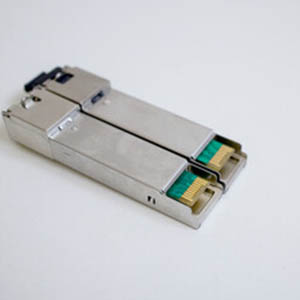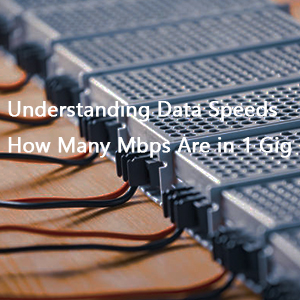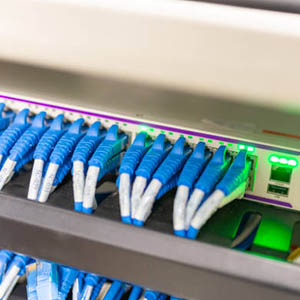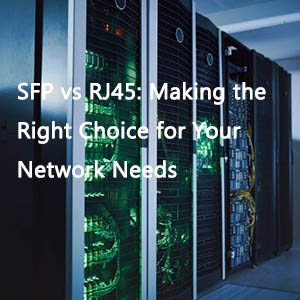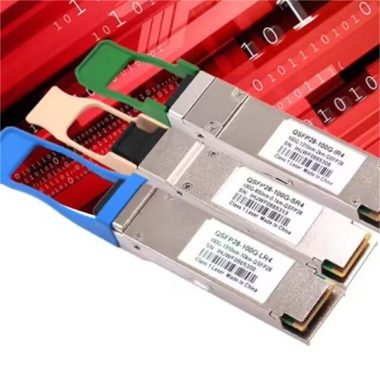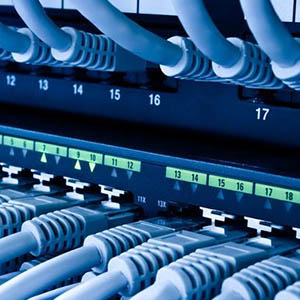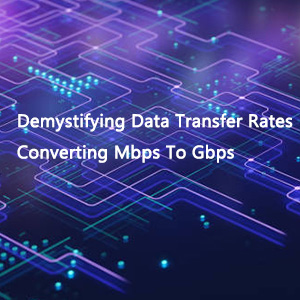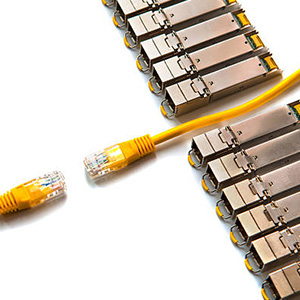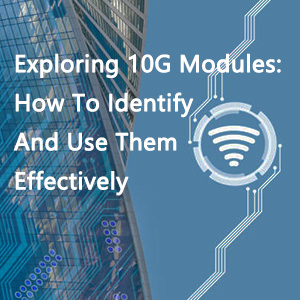The 100G Ethernet network is experiencing a robust and unstoppable growth trend, leading to a surge in demand for 100G modules. Among the spectrum of 100G optical transceivers, the QSFP28 100G optical transceiver stands out for its compact size and energy efficiency. This guide will provide you with a comprehensive understanding of QSFP 100G transceivers, covering their definition, module standards, laser types, and transmission media and distances.
What Is A 100G QSFP28 Optical Transceiver?
We will explore the 100G QSFP28 transceivers through four key aspects:
- Definition: The 100G QSFP28 optical transceiver is engineered for high-speed applications such as 100 Gigabit Ethernet, EDR InfiniBand, or 32G Fibre Channel. It shares the same footprint and density as the 40G QSFP+, but with an enhanced electrical interface that supports data rates of up to 28Gbps across four high-speed differential signal channels. This advancement positions the QSFP28 100G transceiver as a superior choice for increased density, reduced power consumption, and cost-effective performance over 100G CFP/CFP2/CFP4 transceivers.
- Module Standards: The standards for 100G QSFP28 optical modules are primarily set by IEEE and the Multi-Source Agreement (MSA). The IEEE defines standards such as QSFP28 SR4, LR4, and ER4, each denoting different reach capabilities and signal transmission rates. MSA complements these with standards for mid-range connectivity like QSFP28 PSM4 and CWDM4, offering cost-effective solutions for specific transmission distances.
- Laser Types: The performance of 100G QSFP28 optical transceivers is significantly influenced by the type of laser used, which includes VCSEL, FP, DFB, DML, and EML. Each type operates at different wavelengths and is suited for various transmission distances and environments.
- Transmission Media & Distances: QSFP28 100G transceivers utilize LC duplex or MTP/MPO-12 connectors and can span distances from 70m to 40km, making them versatile for direct connections and interconnections within enterprise and data center networks.

QSFP28 100G Transceiver Application Guide
The compact and high-performance nature of 100G QSFP28 optics makes them ideal for applications such as:
- 100G Ethernet
- Data Center Interconnects
- Infiniband QDR and DDR Interconnects
- Enterprise Networking
The choice of transceiver depends on the specific transmission requirements, with options like QSFP28 100G SR4 for short distances, QSFP28 100G PSM4 and CWDM4 for mid-range, and QSFP28 100G LR4 and ER4 for long-haul transmissions.
How to Select the Best 100G QSFP28 Optics?
Selecting the optimal 100G QSFP28 optics involves assessing the transmission distance and application scenario. For short distances up to 100m, the QSFP28 SR4 is recommended. For mid-range distances up to 2km, the choice between QSFP28 PSM4 and CWDM4 depends on fiber availability and cost considerations. For long-haul transmissions, the QSFP28 LR4 and ER4 provide extended reach capabilities.
Conclusion
100G QSFP28 optical transceivers are characterized by their high port density and low power consumption, making them an ideal solution for large-scale data centers and future network expansions. Fiber-Life offers a range of 100G QSFP28 modules, rigorously tested for performance and compatibility. For further inquiries, visit Fiber-Life’s website.

